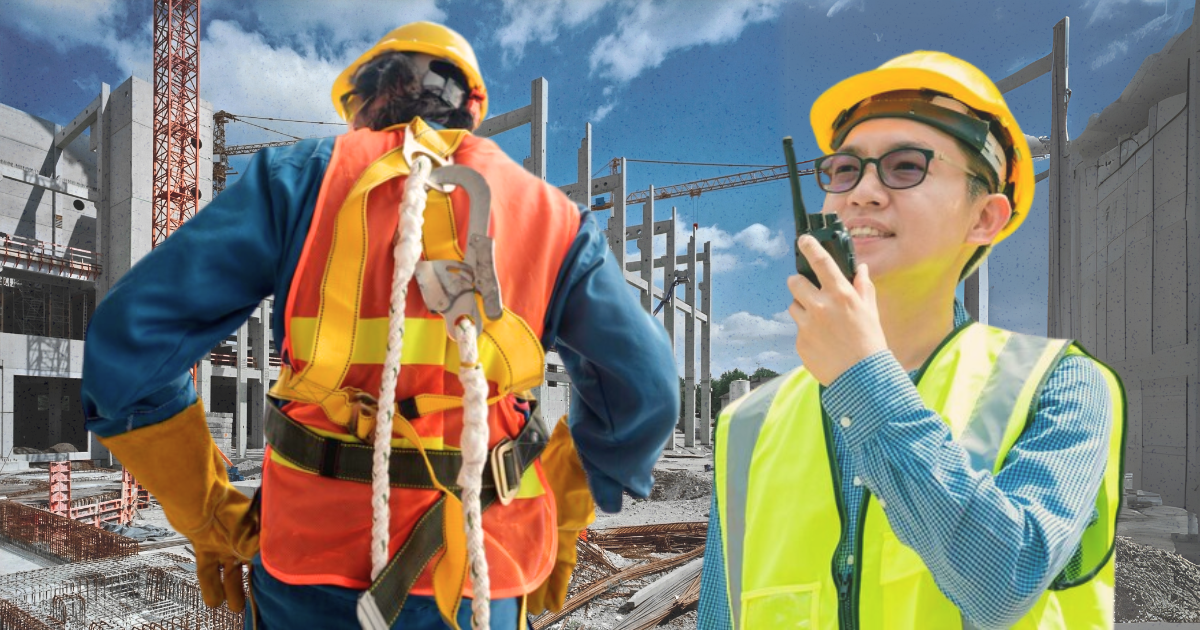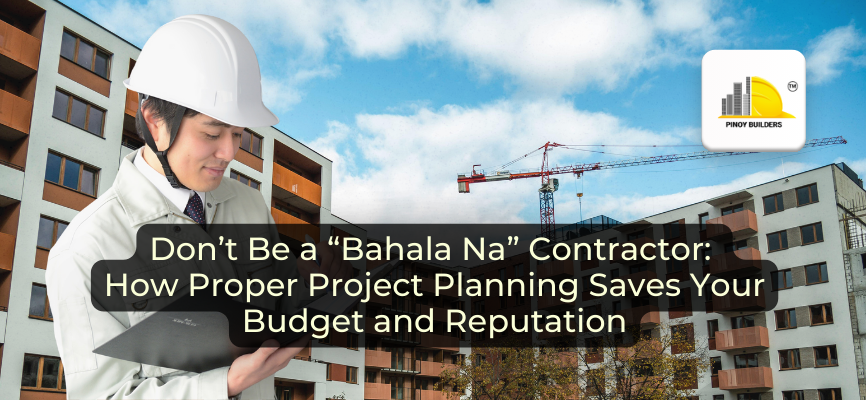The point of construction safety is to ensure that every crew member finishes their shift without injury. As 2025 continues, updated standards and stricter protocols are placing greater emphasis on what truly keeps people safe on-site. Having gear alone is not enough—it takes consistent routines, clear procedures, and a team that knows exactly what to do in case of an emergency.
Following construction safety procedures protects lives, reduces delays, and keeps projects moving forward without disruption. In this article, we’ll break down the key practices that every construction team should prioritize: reliable protective equipment, solid daily protocols, and strong emergency readiness.

Essential Protective Gear and Safety Tools
Construction work is physically demanding and filled with unpredictable risks. From falling debris to extreme noise levels, every task carries its own set of dangers. Protective gear serves as a daily safeguard, standing between workers and life-altering injuries. For a job site to operate safely, every crew member must be properly outfitted from head to toe.
Every construction worker should be equipped with:
- Hard hats
- High-visibility vests
- Steel-toe boots
- Protective gloves
- Safety goggles and face shields
- Hearing protection
- Harnesses and fall protection systems for elevated work
Each item in this list serves a specific purpose. These are not just mandatory components of a uniform. Hard hats protect against falling objects, while high-vis vests help prevent accidents around moving equipment. Hearing protection and goggles shield workers from loud noise and flying debris. Proper gear doesn’t just prevent injuries—it also ensures compliance with safety regulations.
Bottom line: Wearing the right gear is the first line of defense.
Key Safety Protocols on Site
Protective gear alone isn’t enough if daily practices fall short. The real foundation of a safe worksite lies in how teams operate—how they plan, move, lift, store materials, and respond to hazards.
Safety protocols aren’t just rules; they’re habits that shape the entire work culture. A well-organized site doesn’t exist that easily. It’s built through clear communication, shared accountability, and consistency in observing the following procedures:
- Start the day with meetings and briefings
- Post clear signage around high-risk zones
- Use lifting aids or team up to handle heavy items
- Store flammable or sharp materials properly
- Schedule weekly site inspections
- Practice clean-as-you-go methods
- Encourage immediate reporting of near-miss incidents
When everyone follows the same safety rhythm, risks decrease significantly. Regular briefings keep the team informed, while inspections and good housekeeping help identify potential hazards before they escalate. It’s about turning safe practices into second nature.
Emergency Preparedness and Response Steps
Despite being prepared for emergencies and accidents, we can’t fully control situations and they can still happen. Safety in a construction site extends beyond preparation for the “what if”. It also includes readiness when the “what” actually happens. How a team responds in real time can make all the difference.
Before an emergency:
- Conduct monthly fire and structural collapse drills
- Ensure emergency equipment is accessible and clearly marked
- Assign clear roles and responsibilities for emergency response
During an emergency:
- Follow the evacuation plan without delay
- Prioritize personal safety over equipment
- Use alarms and safety gear as trained
After an emergency:
- Check for injuries and conduct a full headcount
- Report the incident immediately to the proper authorities
- Hold a debrief to assess the situation and improve protocols
Fast, informed action can reduce panic and prevent a bad situation from getting worse. Emergency readiness should be as routine as any other safety task.
Making Safety The Standard In Construction Sites

Protecting lives on-site is a shared responsibility. When safety becomes a daily mindset, the entire industry benefits. A crew that stays alert, properly equipped, and ready for emergencies builds trust, resilience, and long-term success for everyone involved.
References
Safety Culture. (2024, November 6). 10 Construction Site Safety Rules to Observe | SafetyCulture. Safety Culture. Retrieved April 24, 2025, from https://safetyculture.com/topics/construction-safety/10-construction-safety-rules/
12 Essential Rules for Construction Sites Safety in 2025. (n.d.). FJ Dynamics. https://www.fjdynamics.com/blog/industry-insights-65/construction-site-safety-522










